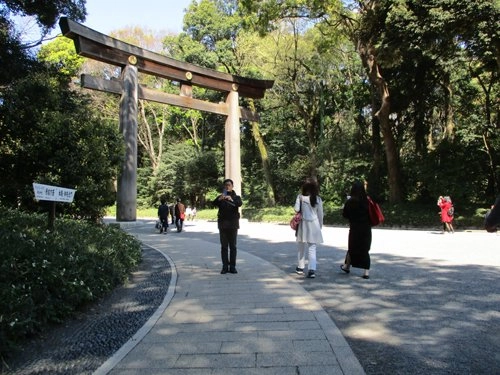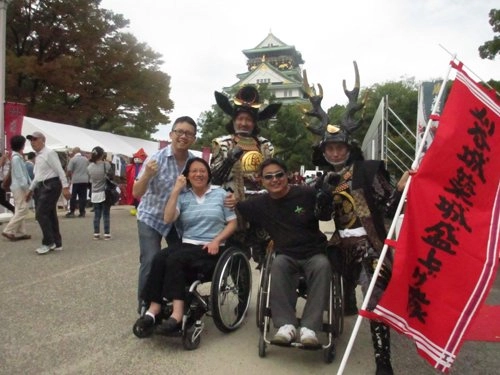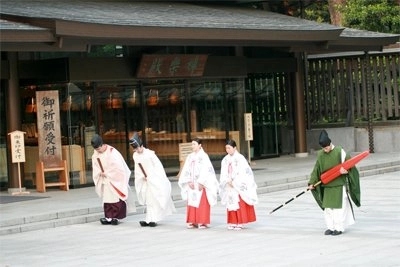Listen to this Article
Facilities for people with mobility challenges in Japan are becoming more widespread as the country embraces accessibility. This is likely due in part to over 28% of their population being 65 years and above. Throughout the country, public toilets are wheelchair accessible, so too are the train stations, whose staff will provide help as needed. Adapted taxis and car rentals are also available.
Wheel chair users can navigate city streets with relative ease as the sidewalks are sufficiently wide with curb cuts. Outside of the city areas, however, this may be a bit risky as the streets are narrower and may not have dedicated sidewalks.





When planning a trip to Japan, the Japan Accessible Tourism Center (JATC) is a good resource. Founded by worldwheel chair traveller, Hideto Kijima, this non-profit organization provides accessibility information in multiple languages.
Kijima was 17 years old when he suffered a spinal cord injury playing rugby in high school, which left his lower body paralyzed. Being a wheelchair user with a passion for travel, Kijima knows how important information is for people with disabilities, therefore, he founded the non-profit to help make their navigation through Japan a bit easier.
He considers his country to be a great destination for wheelchair travellers and through his Lift Taxi Tours takes guests in his adapted vehicle which is equipped with a lift, to among others, Tokyo, Kyoto, Osaka and Mt. Fuji .
Kijima’s favourite accessible place in Japan is Osaka Castle, the only wheelchair accessible castle in the country. He is proud that every guest can get to the top floor! Meiji Jingu in Tokyo is also a popular accessible tourist attraction.
Large shopping malls in the city and most tourist attractions should, by law, be barrier-free although this may not always be the case so it may be advisable to check with JATC for guidance.
When planning trips to Japan be mindful that most hotels built after 2005 will have at least one accessible room while others built before that time may not.
Kijima has travelled to 175 to date. On his journeys he has found people to be very kind. Namibia stands out to him as the country with the most memorable tourism product – wild animals, desert, peaceful and accessible. He also considers South Africa to be very accessible. “My dream pre-Covid was to take my 3 kids to Namibia this year. Although I travel extensively, 2019 was the first time my family and I took a foreign trip. We went to New Zealand which is accessible with kind people” he said.
This world traveller also finds time to write books and his solo wheel chair adventures have been documented in four books written in Japanese with one translated into Chinese as text books and children’s books:
Flying Wheelchair, 2001
Love Wheelchair, 2005
Wheelchair Traveler Across Japan, 2008
Wheelchair in an Unexplored World “, 2014.
“It is my hope that everyone can go anywhere they want, “ Kijima said. “Understanding differences, respecting personalities, giving equal opportunity to all. I wish for peace and a better society, full of love and smiles.
Japan Accessible Tourism Center (JATC)
Discover Japan’s Hospitality
www.japan-accessible.com
